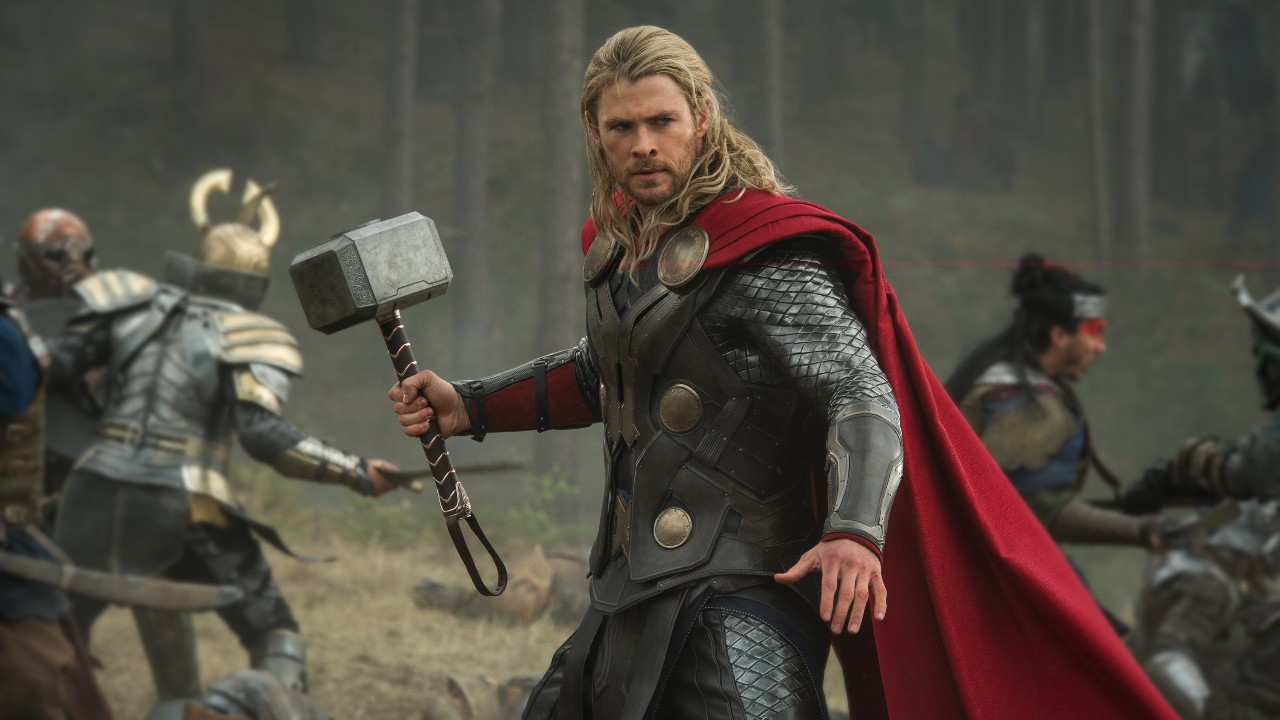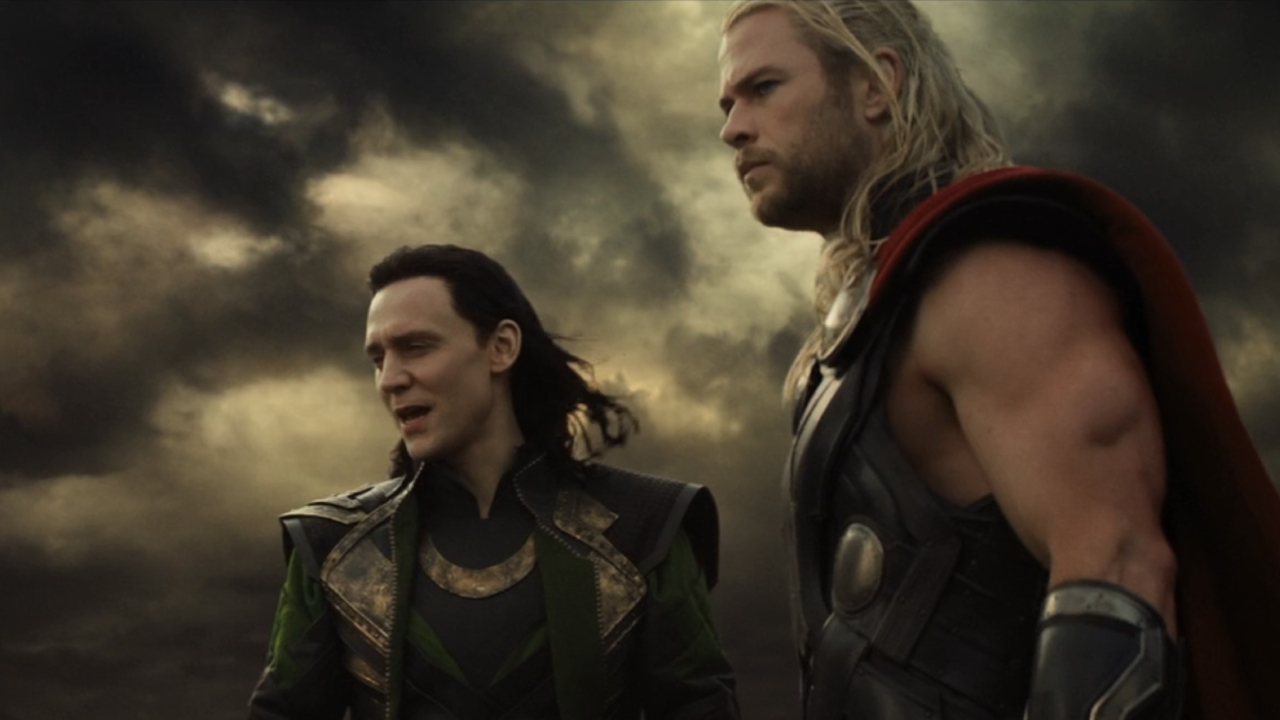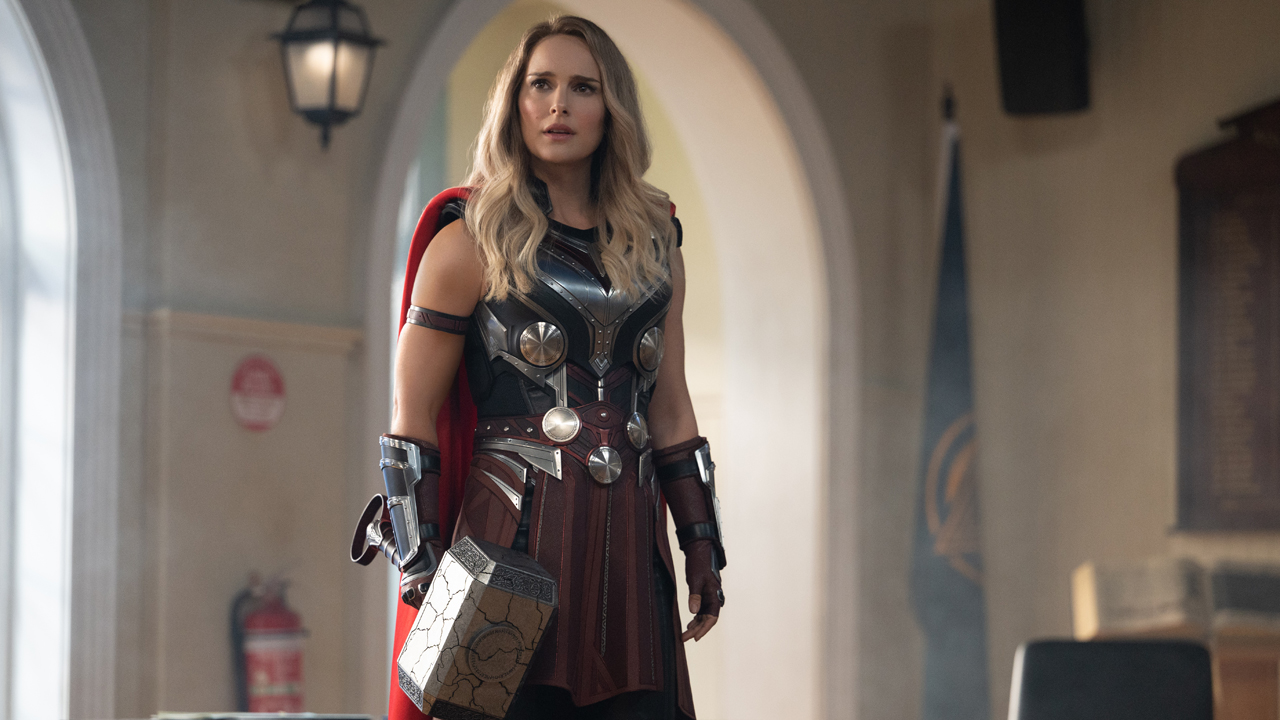
As we head into 2024, Marvel Studios fans only have one movie to circle on the upcoming calendar: Shawn Levy’s Deadpool 3, which will arrive in theaters in July and follow Deadpool (Ryan Reynolds) and Wolverine (Hugh Jackman) on a multiversal adventure… at least, that’s what we think the sequel is going to be about. Only having one movie on the calendar appears to be Marvel’s effort to steer back toward “quality over quantity,” as several fans have felt that Phases 4 and 5 of the MCU have lacked when compared to The Infinity Saga. That’s not to say the Infinity Saga was without its faults. There were more than a few missteps as Kevin Feige built his unprecedented cinematic universe, and if you watch the Marvel movies in order, you can see where the growing pains took place.
One such early stumble was Chris Hemsworth’s sequel Thor: The Dark World, the eighth Marvel Studios movie and the second story in the studio’s Phase 2. Marvel was riding high at the time, given the mammoth success of the superhero team-up movie The Avengers, and Shane Black’s Iron Man 3 earning more than $1 billion at the worldwide box office. Behind the scenes on Thor: The Dark World, however, things weren’t nearly as smooth.

How Patty Jenkins got involved.
The recent book MCU: The Reign of Marvel Studios has some fascinating passages on the struggles between Kevin Feige, his filmmakers, and the Creative Committee that Marvel Entertainment had established in New York City. Quite often, this group of comic-book writers and toy-making executives passed notes to the Hollywood arm, aiming to boost sales… usually to the detriment of the creatives working on the movies. When the book reaches Thor: The Dark World, it’s revealed that the film’s original director, Patty Jenkins, met resistance from the Creative Committee on her planned direction.
Jenkins got the job, in part, because Thor star Natalie Portmana lobbied on her behalf. The director was coming off of the critically acclaimed Monster, a 2003 drama that earned Charlize Theron her Academy Award. As Jenkins remembers it:
Word got out that I wanted to make a superhero film, and to Marvel’s credit – on a movie that didn’t require a woman at all – they hired me.
Patty Jenkins’ original idea for the movie, however, differed from the version that we originally got. And the Creative Committee made things difficult.

What went wrong for Patty Jenkins?
According to the book, many of the decisions being made by the Creative Committee at that time were driven by toy sales. And it was the committee’s belief that kids weren’t buying anything that wasn’t male, and white. This led to the death of a planned Power Pack movie, because the characters were too young and diverse. And it prevented Hela from being the planned villain of Thor: The Dark World.
Marvel Producer Craig Kyle confirms this in the book, stating:
In our original film, yes, it was a Hela story, and she was our big bad. But at that point in the process, so many of our decisions were being driven by the New York office. They forbid us from going in that direction. And the short version was, ‘Boys don’t buy female action figures.’ That is truly the reason why that version of the film was not allowed to be developed.
It’s staggering to think about how different the MCU might have been if Hela could have been introduced in Thor: The Dark World. Fans who are following the most recent season of Marvel’s What If?, available to anyone with a Disney+ subscription, know that Hela plays a significant part of the narrative, and could have impacted the live-action slate of MCU movies. We also go on to learn, though, that Jenkins saw Thor: The Dark World as the potential to deliver an MCU Romeo and Juliet, building on the Shakespearean themes embedded by Thor helmer Kenneth Branagh. But the Creative Committee had other thoughts.
Part of it was driven by toy sales, and Marvel Entertainment not believing that a cosmic love story between Thor (Chris Hemsworth) and Jane Foster (Natalie Portman) would move merchandise. And part of it was driven by the MCU’s overall need to establish the Infinity Stones. Ultimately, Jenkins received a new script draft that deemphasized her romance, and ramped up both Malekith the Dark Elf and the Aether. So she walked.
Said Jenkins:
I did not believe I could make a good movie out of the script that they were planning on doing. It would have looked like it was my fault. It would’ve looked like, ‘Oh my God, this woman directed it and she missed all of these things.’
So Patty Jenkins quit, and let her opportunity to direct a Marvel movie fall by the wayside. Sadly for Natalie Portman, however, she didn’t have that luxury.

What effect did this have on Natalie Portman?
When Marvel Studios managed to sign Natalie Portman for the role of Jane Foster in Thor, it was a casting coup for a young studio that was still trying to establish itself. Remember, Robert Downey Jr. wasn’t the bankable all-star that Iron Man helped turn him into, and the two Chrises – Evans and Hemsworth – were still unproven. The early Marvel movies landed a few heavy-hitting character actors in supporting parts, but Portman’s signing was significant.
And now the director that she actively recruited was gone. And Portman was contractually obligated to stay. She wasn’t happy, at all. And in the MCU book, it’s reported that Portman declared herself finished with the franchise, refusing to make herself available for reshoots… something essential for blockbusters, and a huge part of the Marvel process. Apparently, for the post-credits scene featured below, Marvel had to put Hemsworth’s real-life wife Elsa Pataky in a long, brown wig to shoot this final kiss:
Hilarious. The magic of movies!
In the end, things worked out for almost all involved. Patty Jenkins went on to helm Wonder Woman, considered by most to be one of the best superhero movies ever made. Natalie Portman agreed to return to the franchise to play The Mighty Thor in Taika Waititi’s Thor: Love and Thunder. Except, Alan Taylor took over for Jenkins, delivered a stinker of the movie, but rebounded with The Many Saints of Newark, a stellar prequel to The Sopranos. We don’t know yet the future of Thor in the MCU, but the saga needs legacy heroes, so we expect to see Hemsworth in his Thor suit sometime in years to come.







